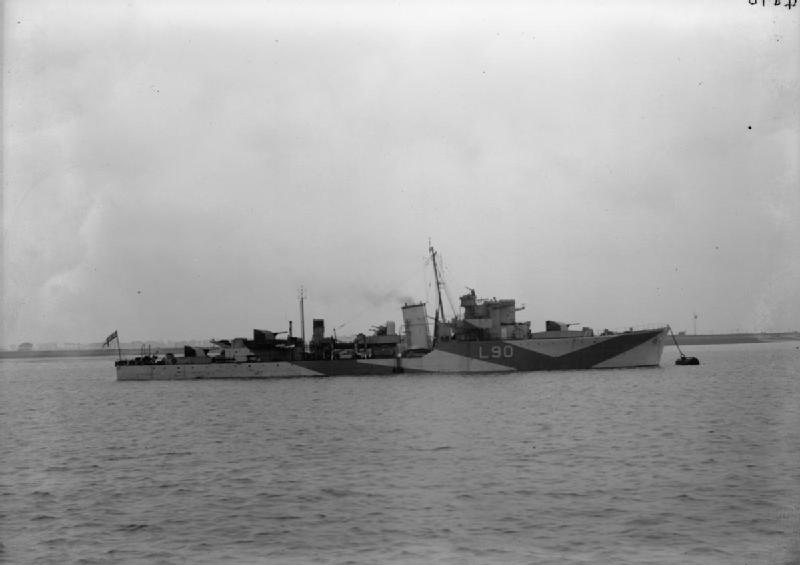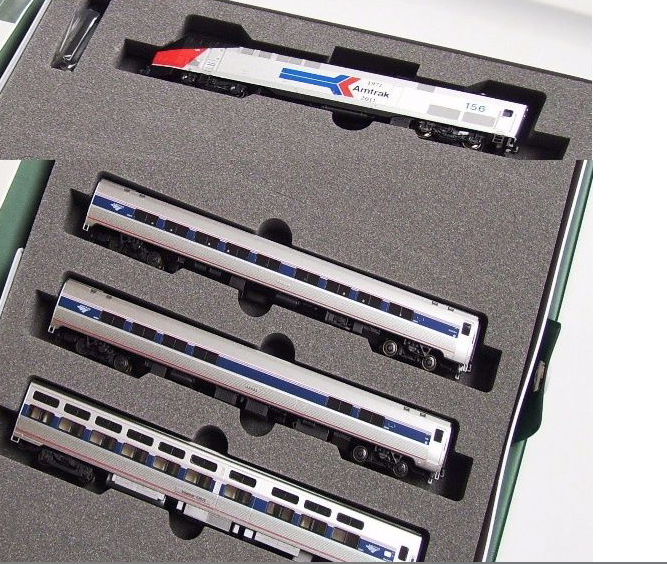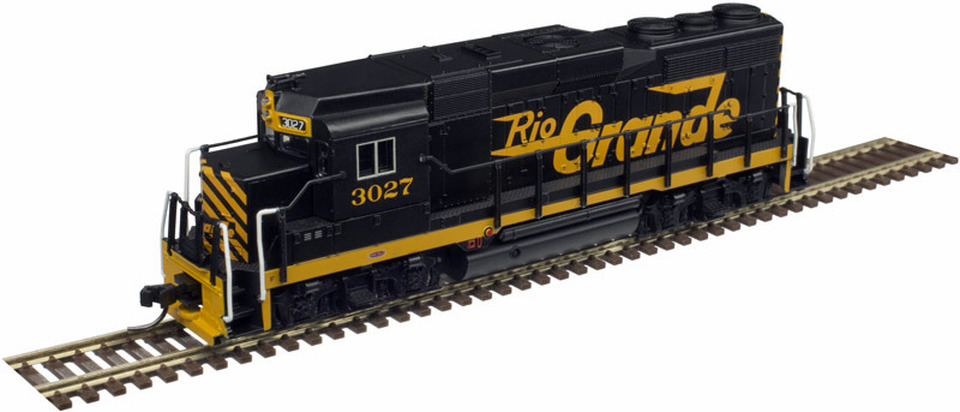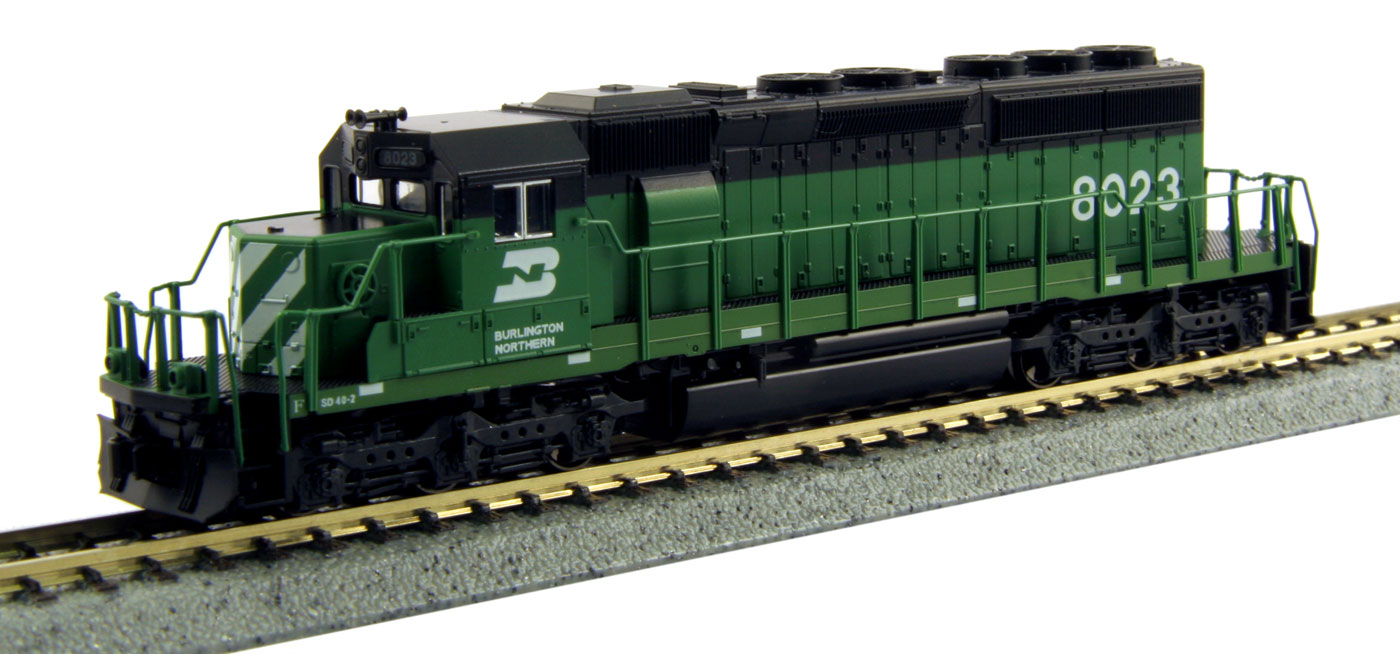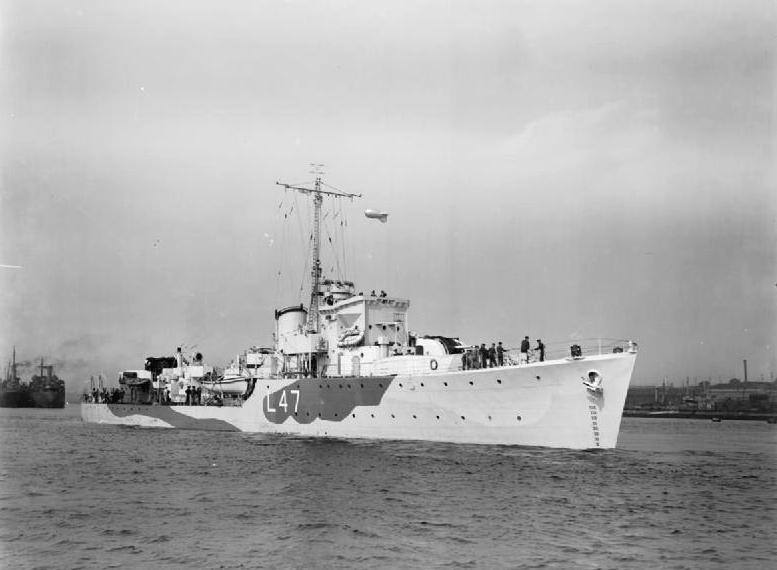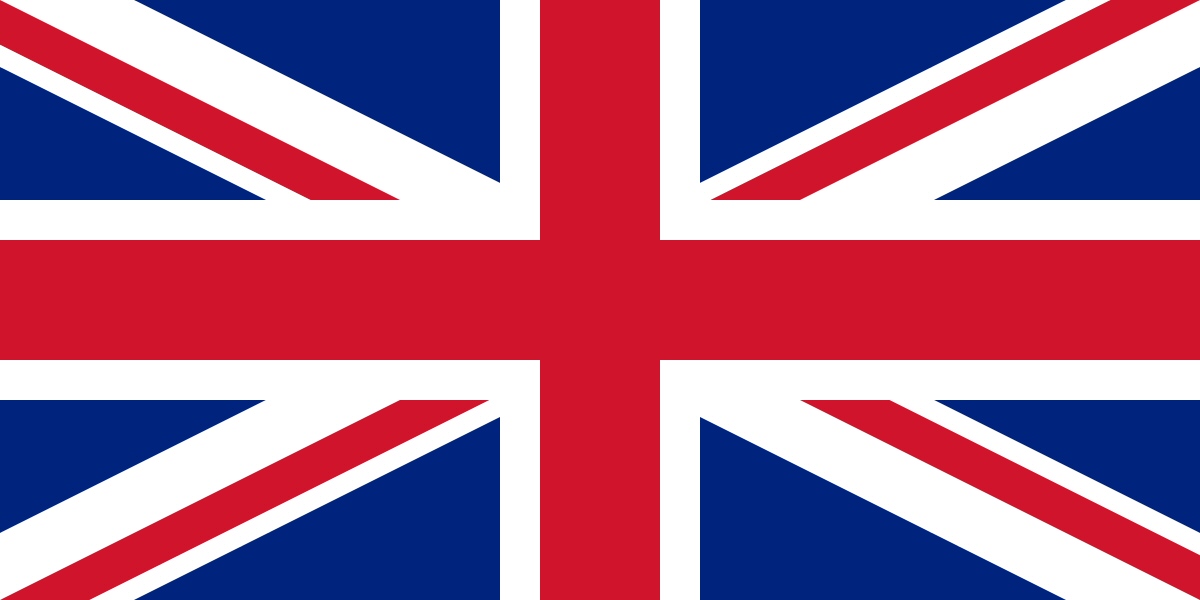History: HMS Ledbury was an escort destroyer of the Hunt class Type II. The Royal Navy ordered Ledbury's construction two days after the outbreak of the Second World War and J. I. Thornycroft Ltd laid down her keel at their Southampton yard on 24 January 1940. Air raid damage to the yard delayed her construction and she did not launch until 27 September 1941. Her initial assignment was to perform escort duties between Scapa Flow and Iceland. She remained in this theatre for the first part of the war, during which time she served with the ill-fated Arctic convoy PQ 17 in June 1942, from which twenty-four ships were lost.
Only two months later she took up the role of close escort in the Pedestal convoy to Malta. During the fierce attacks that dogged the convoy, Ledbury claimed three enemy aircraft destroyed and five damaged, and was one of three destroyers that helped the crippled oil tanker Ohio into the Grand Harbour.[2] She added to her battle honours with the Allied landings in Sicily, Salerno, and operations in the Adriatic and Aegean. The Royal Navy finally scrapped Ledbury in 1958.
Only two months later she took up the role of close escort in the Pedestal convoy to Malta. During the fierce attacks that dogged the convoy, Ledbury claimed three enemy aircraft destroyed and five damaged, and was one of three destroyers that helped the crippled oil tanker Ohio into the Grand Harbour.[2] She added to her battle honours with the Allied landings in Sicily, Salerno, and operations in the Adriatic and Aegean. The Royal Navy finally scrapped Ledbury in 1958.
Class: The Hunt class was a class of escort destroyer of the Royal Navy. The first vessels were ordered early in 1939, and the class saw extensive service in the Second World War, particularly on the British east coast and Mediterranean convoys. They were named after British fox hunts. The contemporary Hunt class of GRP hulled mine countermeasure vessels maintain the Hunt names lineage in the Royal Navy.
The design deficiency of the Type I was rectified by splitting the hulls lengthwise and adding a 2½ foot section, increasing the beam to 31 ft 6 in and the margin of stability sufficiently for the designed armament to be shipped. These ships became the Type II group, and also had a revised design of bridge with the compass platform extending forwards to the wheelhouse face. Under the 1939 Emergency War Programme 36 more Hunts had been ordered: three of these were completed to the original (Type I) design. Depth charge stowage could also be increased from 40 in the Type I to 110.
The design deficiency of the Type I was rectified by splitting the hulls lengthwise and adding a 2½ foot section, increasing the beam to 31 ft 6 in and the margin of stability sufficiently for the designed armament to be shipped. These ships became the Type II group, and also had a revised design of bridge with the compass platform extending forwards to the wheelhouse face. Under the 1939 Emergency War Programme 36 more Hunts had been ordered: three of these were completed to the original (Type I) design. Depth charge stowage could also be increased from 40 in the Type I to 110.
Nationality: The United Kingdom, made up of England, Scotland, Wales and Northern Ireland, is an island nation in northwestern Europe. England – birthplace of Shakespeare and The Beatles – is home to the capital, London, a globally influential centre of finance and culture. England is also site of Neolithic Stonehenge, Bath’s Roman spa and centuries-old universities at Oxford and Cambridge.


